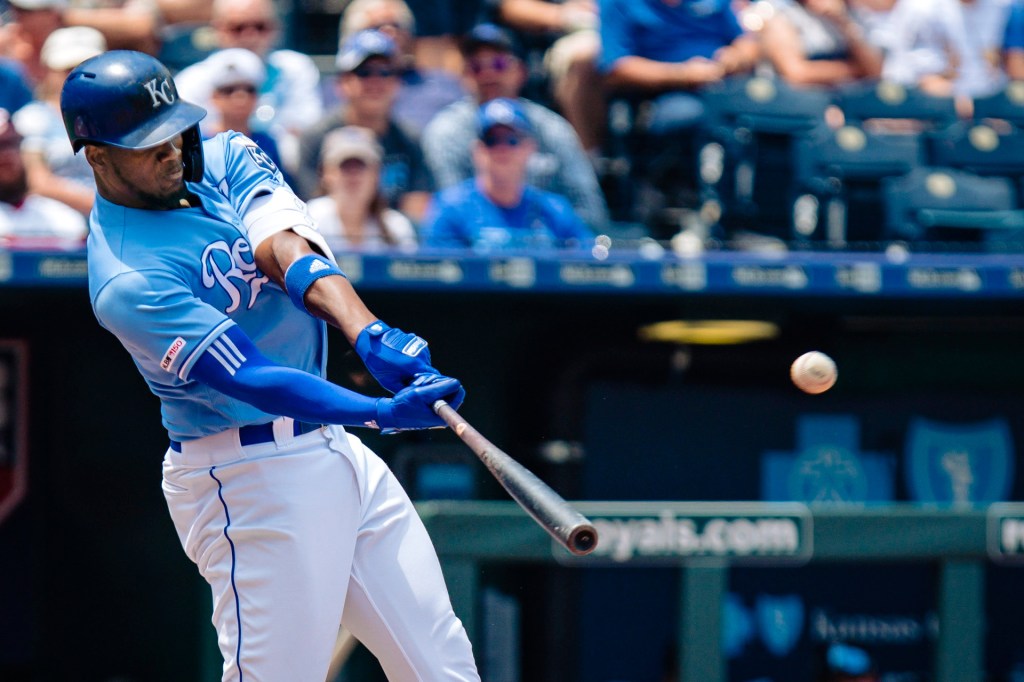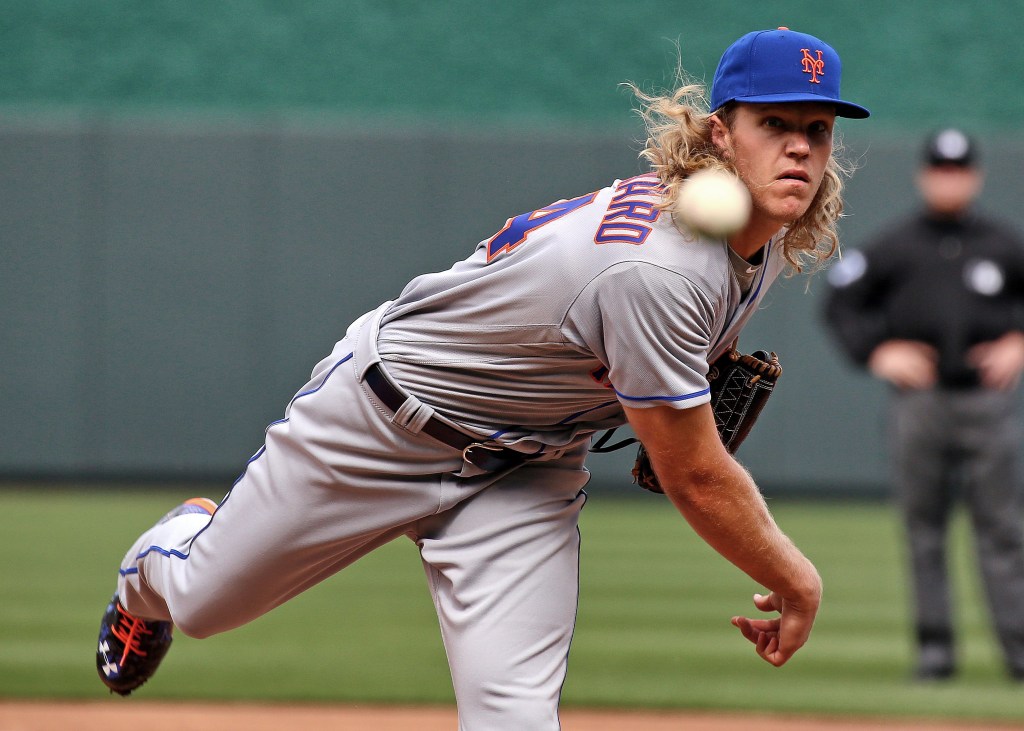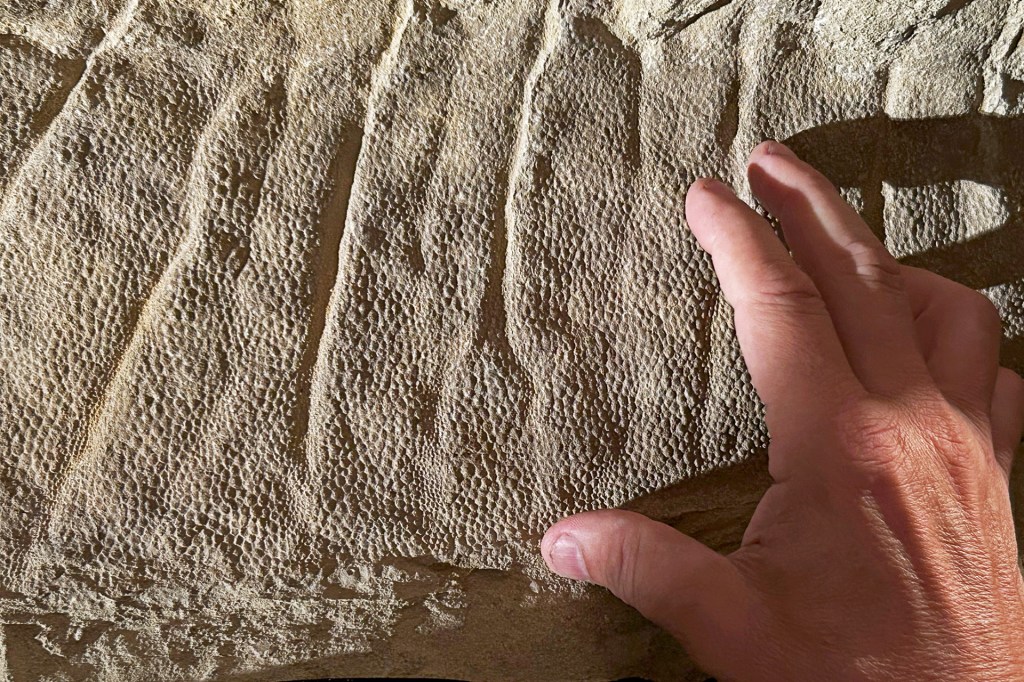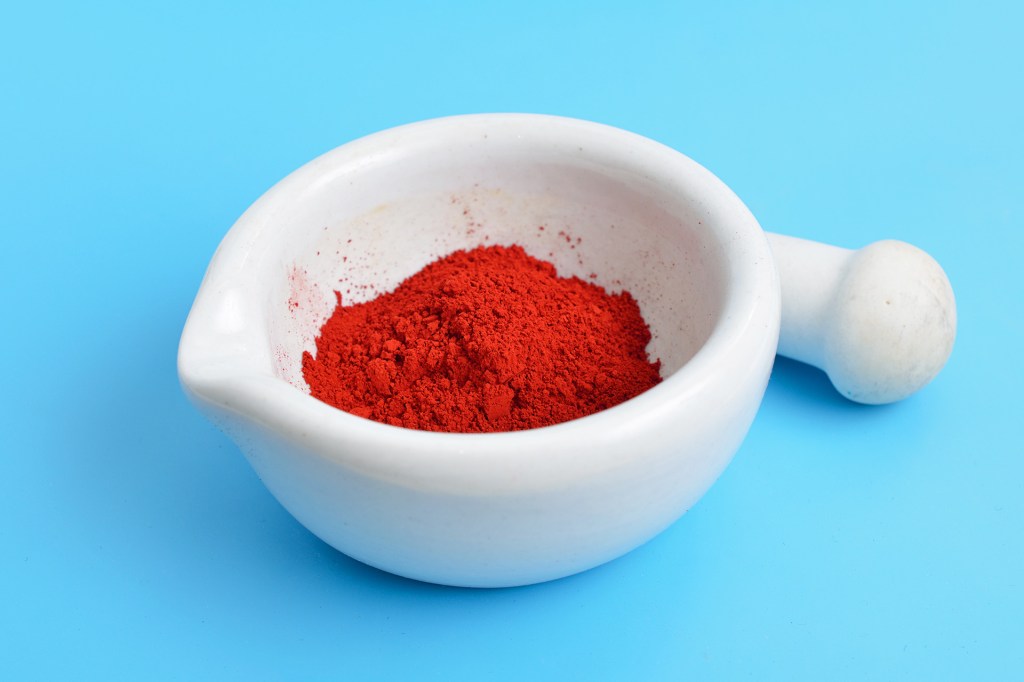
Major League Baseball (MLB) has a home-run problem. The number of home runs increased sharply in 2015 and has continued to rise. In 2017, batters hit a record-setting 6,105 homers, and this year’s number will be even higher. There have already been more than 5,500 home runs in major-league ballparks, putting the season on track to break the record.
More homers means fewer balls in play, and for many fans, that means less-exciting games. So what’s going on? Some say it’s a case of “juiced,” or altered, baseballs. They wonder if the balls are being made differently so they’ll fly farther. The league denies this.
One thing is certain: Something is different about the ball. “We don’t yet know exactly what,” says University of Illinois physicist Alan Nathan, one of a team of 10 experts who are studying the issue. Nathan doesn’t think the ball was changed on purpose. “Whatever the answer is, it’s something very subtle
subtle
 TOSHIRO SHIMADA—GETTY IMAGES
hard to notice or see; not obvious
(adjective)
My sister and I are identical twins, but there are subtle differences in the way we look.
,” he says. “It’s a wonderful physics problem to try to figure out.”
TOSHIRO SHIMADA—GETTY IMAGES
hard to notice or see; not obvious
(adjective)
My sister and I are identical twins, but there are subtle differences in the way we look.
,” he says. “It’s a wonderful physics problem to try to figure out.”
Spin Matters
To solve the mystery, the experts tested baseballs used since 2015. They took some apart and looked inside, and they fired others from an air cannon, to see how fast they flew.
One thing the experts tested was bounce: The more a baseball has, the faster it leaves the bat and the farther it flies. But bounce tests showed consistency among the balls.
Then the experts turned to studying the “drag” of the baseballs. As a ball spins through the air, the air pushes back. This causes drag, which slows down the ball’s spin, often enough to keep it in the park. Any feature of the ball’s surface can increase drag. Take the stitching, for example: Those raised edges catch the air and reduce spin.
Sure enough, drag had decreased over the years. Baseballs cut through the air more easily, and they just kept going. The experts aren’t ready to say which feature of the ball has changed to reduce drag, but Nathan is sure of this: “The amount by which it changed could account for the change in home runs.”
Variations are bound to happen, Nathan adds. Baseballs are handmade, and no two are ever the same. MLB could change the ball—intentionally, this time—to the way it was before 2015. Should we just make baseballs more uniform
uniform
 LAURI PATTERSON—GETTY IMAGES
always the same in form or appearance
(adjective)
Contestants were challenged with creating 20 cookies of uniform size and shape.
, as golf balls are? “You could do that,” Nathan says, “but then it wouldn’t be a baseball."
LAURI PATTERSON—GETTY IMAGES
always the same in form or appearance
(adjective)
Contestants were challenged with creating 20 cookies of uniform size and shape.
, as golf balls are? “You could do that,” Nathan says, “but then it wouldn’t be a baseball."
Made to Order
By MLB rules, all game baseballs
are made of a core of rubber or cork wrapped in yarn and a horse- or cowhide shell.
are 5 to 5¼ ounces and 9 to 9¼ inches around.














